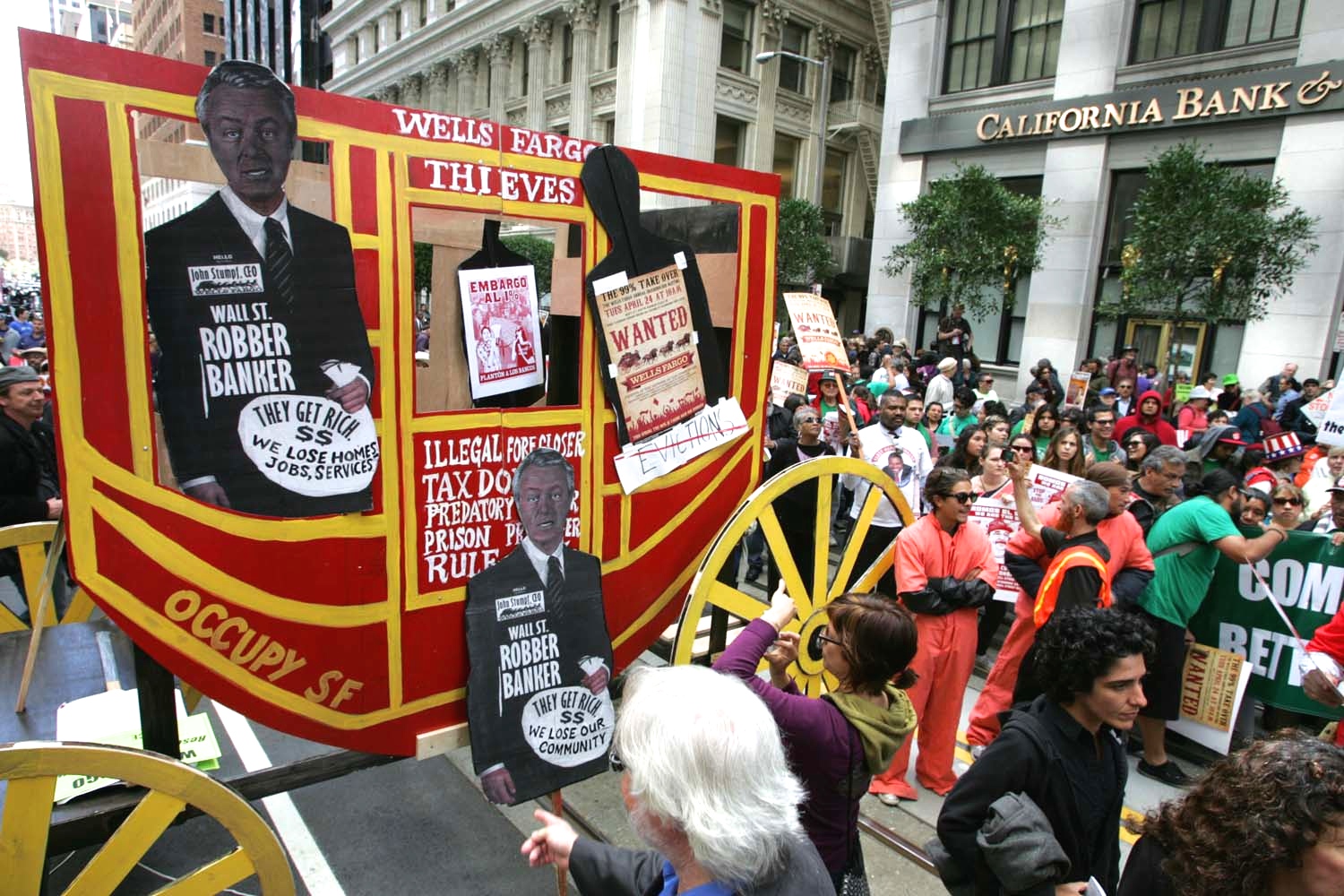
It took three years but a leading federal bank regulator has finally gotten tough with probably the most lawless large financial institution in the country.
The Office of the Comptroller of the Currency, an arm of the Treasury Department, recently took action against the former chief executive of Wells Fargo in connection with the scandal in which the bank pressured employees to create bogus accounts that extracted millions of dollars in fees from unsuspecting customers.
Many observers were surprised that the OCC, not known for aggressive action, fined John Stumpf $17.5 million – the largest penalty it has ever imposed on an individual – and banned him for life from the banking industry. The agency also penalized two other former senior officials at Wells Fargo and charged five others. Among those five is Carrie Tolstedt, the former head of retail banking at Wells, against whom the OCC is seeking a penalty of $25 million, substantially more than what Stumpf agreed to pay.
OCC’s belated severity may have something to do with the fact that the agency’s posture toward Wells is the subject of a pending investigation by the Treasury inspector general. That inquiry will likely address the failure of the agency to pursue complaints it had received about abusive practices at Wells long before the sham-account scandal erupted in 2016. The agency admitted this lapse in an unflattering report about its conduct released in 2017.
Along with the announcement of its charges against Tolstedt and the others, the OCC released a 100-page Notice which reads like an indictment. It argues that for more than a decade the bank maintained a business model that pressured employees to engage in “serious misconduct” by imposing “intentionally unreasonable sales goals” and “fostered an atmosphere that perpetuated improper and illegal conduct.”
The document relates in detail how that pressure worked to the detriment both of the customers who were being defrauded and the bank’s lower level employees. Those employees were turned into accomplices in a corrupt scheme described by the document as “immense” in magnitude.
Also contained in the document are indications that Wells managers were seeking to cover up the wrongdoing. They pretended to monitor improper conduct by lower-level employees but were far from aggressive in that effort. The document notes that the bank’s Head of Corporate Investigations testified before the OCC that there was nearly a 100% chance an employee’s boss would know if she failed to meet her sales goals, but the chances were very small that an employee would be caught for issuing an unauthorized product or service. Those employees clearly got the message that if they wanted to keep their jobs they had to go along with the scheme.
Unfortunately, the document is part of a civil proceeding when it should really be part of a criminal case against Wells and those who were running it. The shocking misconduct outlined by the OCC belongs in an indictment brought under the Racketeer Influenced and Corrupt Organizations Act.
There are reports that the Justice Department is pursuing a criminal investigation of Wells, but it is hard to be confident that Bill Barr’s DOJ will do the right thing.



You must be logged in to post a comment.